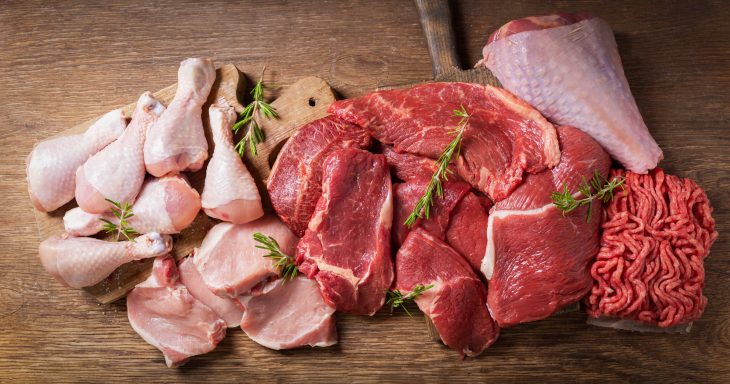
Are you a self-confessed carnivore? If so, you may be someone who likes different types of meat: pork, beef, lamb, chicken, and more. Maybe you’re dying to know if, despite all the bad news you keep reading about, there’s a good side to munching on your favorite red meats. Or maybe you want to try eating meats outside your comfort zone. Something exotic, perhaps. If so, you’ve come to the right place.
Here are 20 types of meat (and more!) and the benefits of each one. Of course, this list won’t cover all forms of meat. This only includes common meats as well as several unusual choices.
Pork
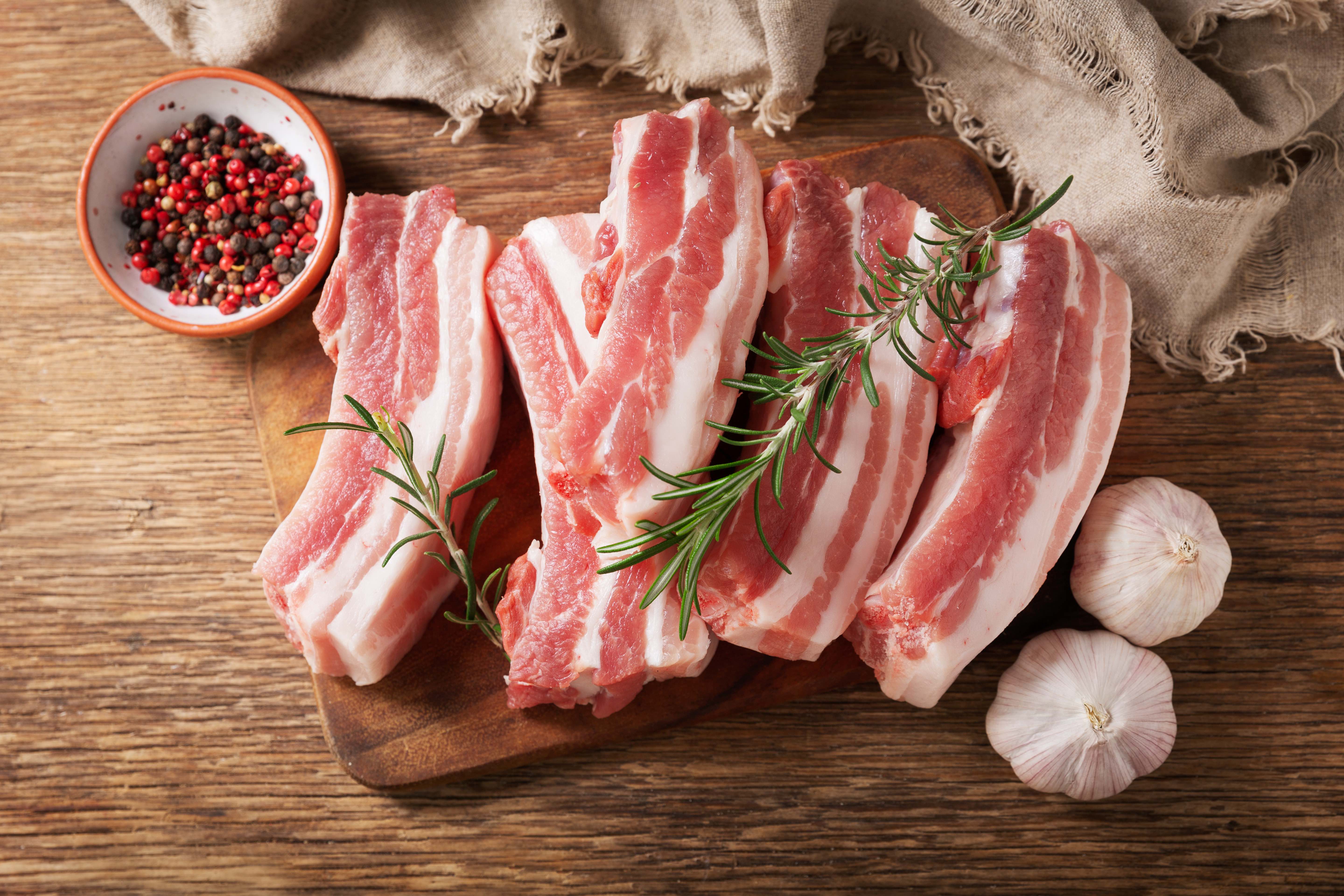
Unless you do not eat it (most likely for religious reasons), pork is probably one of the kinds of meat you probably eat often. After all, pork is relatively inexpensive, and there are many ways how to cook it. In some countries, pork is among the most ubiquitous meats.
There are quite a lot of negative notions toward pork. Because of its high-fat content, it’s one of the kinds of meat that health experts say should be avoided in high quantities. There also are religious prohibitions on pork, partly based on the perceived uncleanliness of the pigs themselves. Still, in moderation, pork can be a useful source of certain nutrients. In particular, it is known to be rich in vitamins B6 and B12, as well as other nutrients such as iron and zinc. It is also a good source of thiamine and selenium, which aids in various body processes.
Beef
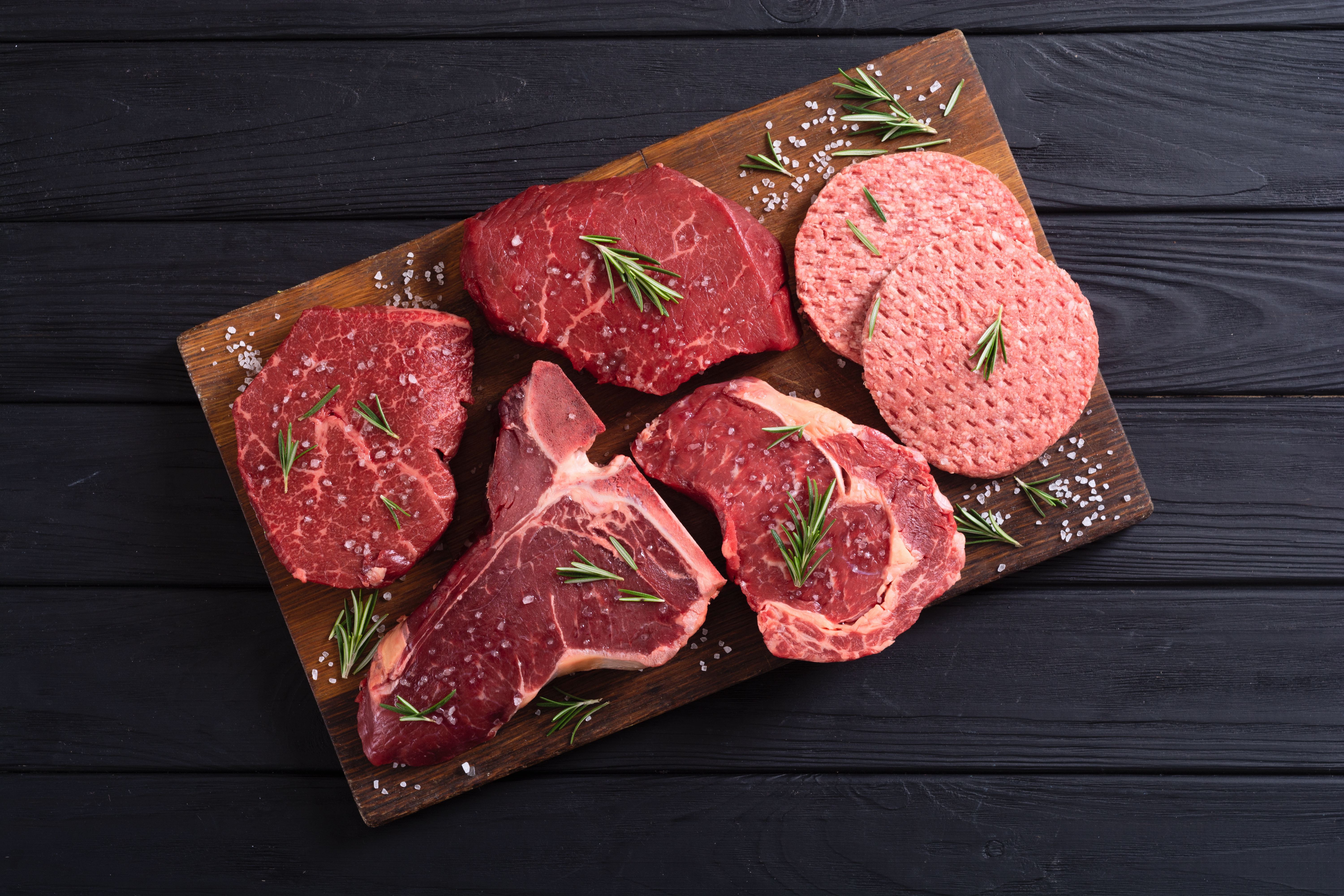
Another common type of red meat, beef is commonly enjoyed in steaks, hamburgers, and other forms of grilled and fried goodness. It is a very common alternative to pork in regions where it is not eaten for cultural or religious reasons. However, some cultures, notably Hindu culture, discourage or even forbid the eating of beef as they believe that cows are sacred.
Health experts suggest that beef be eaten in moderation, as it is rich in cholesterol and fat. Indeed, eating too much beef has been associated with various heart ailments, among other illnesses. Instead, it is recommended to not only eat beef in moderation but to primarily consume the leaner parts. Benefits of eating beef include it being a source of iron, zinc, proteins, and B-vitamins.
Chicken

Chicken is the world’s most-consumed poultry, and for good reason. Chickens are easy to raise, they are a reliable source of meat, and most cultures do not have restrictions against their consumption. Chicken has been made ubiquitous by fried chicken chains such as KFC, but it can also be enjoyed roasted, baked, steamed, and by other cooking methods.
Health experts say that chicken meat is generally safer than red meat. In particular, roasted, baked, or steamed meat is considered healthier than fried chicken. Chicken meat is a good source of protein and amino acids, B-vitamins, and minerals. The breast part is considered safer than the leg or thigh parts as it contains leaner meat. Some studies have also linked chicken consumption to a decrease in the risk of ailments such as cancer.
As long as it’s not fried chicken (which is generally considered unhealthy, especially in excess), the chicken is an excellent choice if you’re looking to reduce meat intake but aren’t ready to go full vegetarian.
Turkey
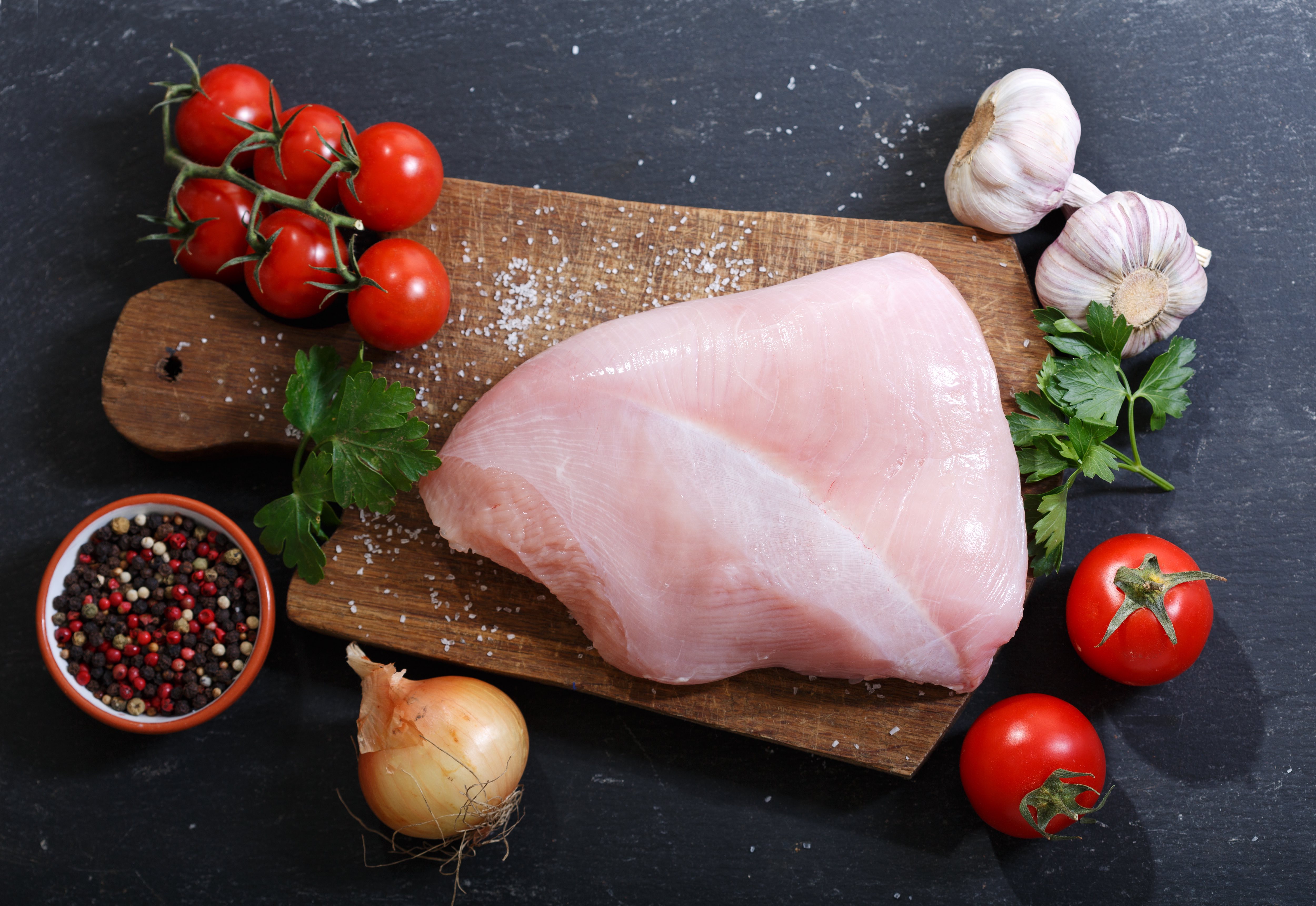
No Thanksgiving meal is complete without stuff turkey. And as it turns out, this Thanksgiving favorite is good for you too!
As turkey is considered poultry, it has many of the same health benefits as chicken. It too is a rich source of proteins and minerals. However, turkey meat actually has more protein overall than chicken meat. It is also generally leaner than chicken meat, which is great if you want to lose weight. Thus, if you have the time or access, don’t only eat turkeys on Thanksgiving. Eat it more regularly if you can!
Duck
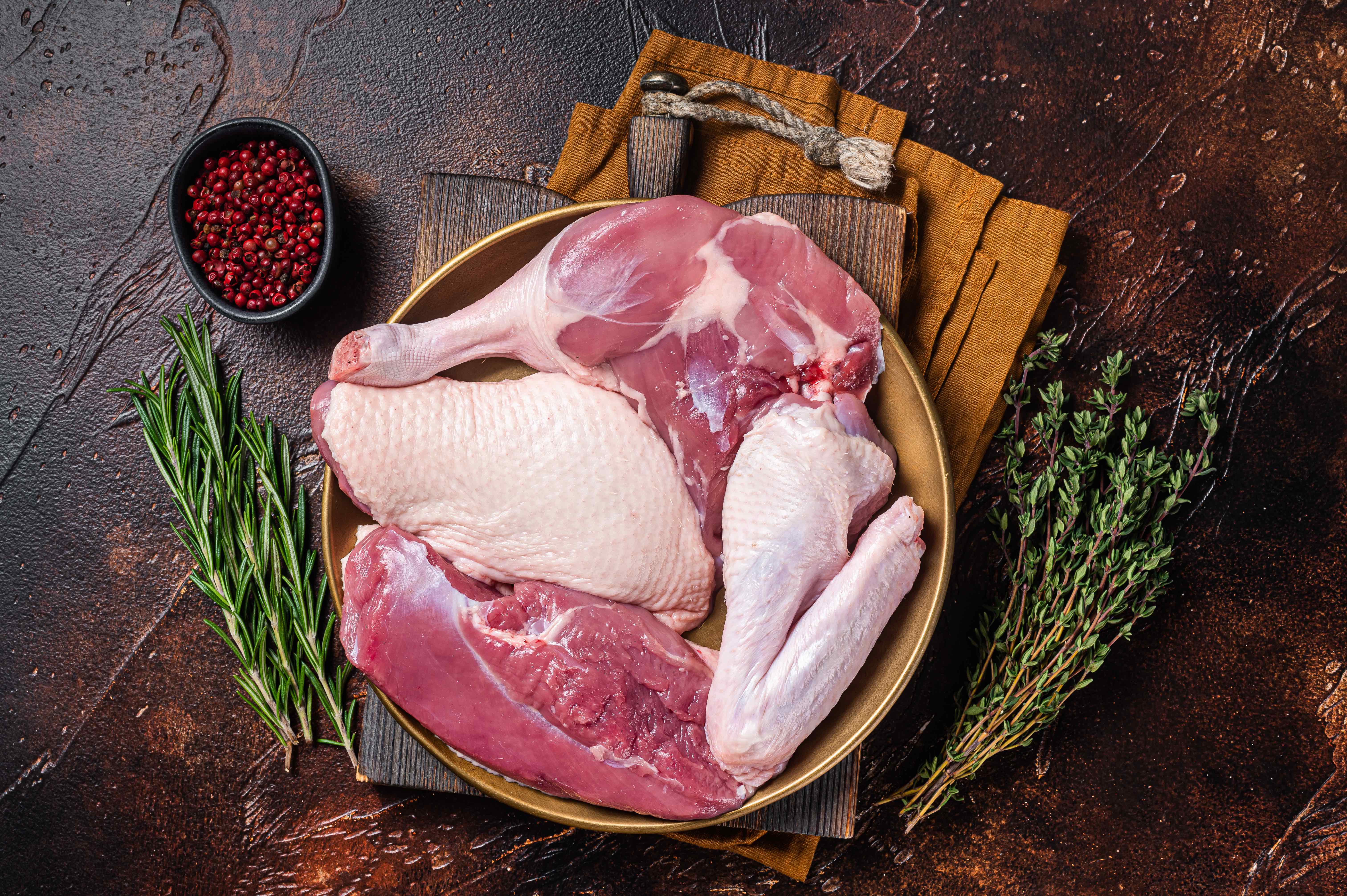
When one thinks of ducks as food, the first thing that probably comes to mind is the Peking duck. Indeed, the Peking duck is a delicacy in many Chinese restaurants. However, duck consumption is not limited to Chinese restaurants and is not particular to Asia either. In fact, ducks are consumed throughout the world.
Ducks, like most forms of poultry, are a rich source of proteins and minerals. Their meat is also generally leaner than chicken meat. While duck meat is scrumptious and can be enjoyed in moderation, watch out. Duck meat also has higher amounts of cholesterols and fats compared to chicken meat.
Goat
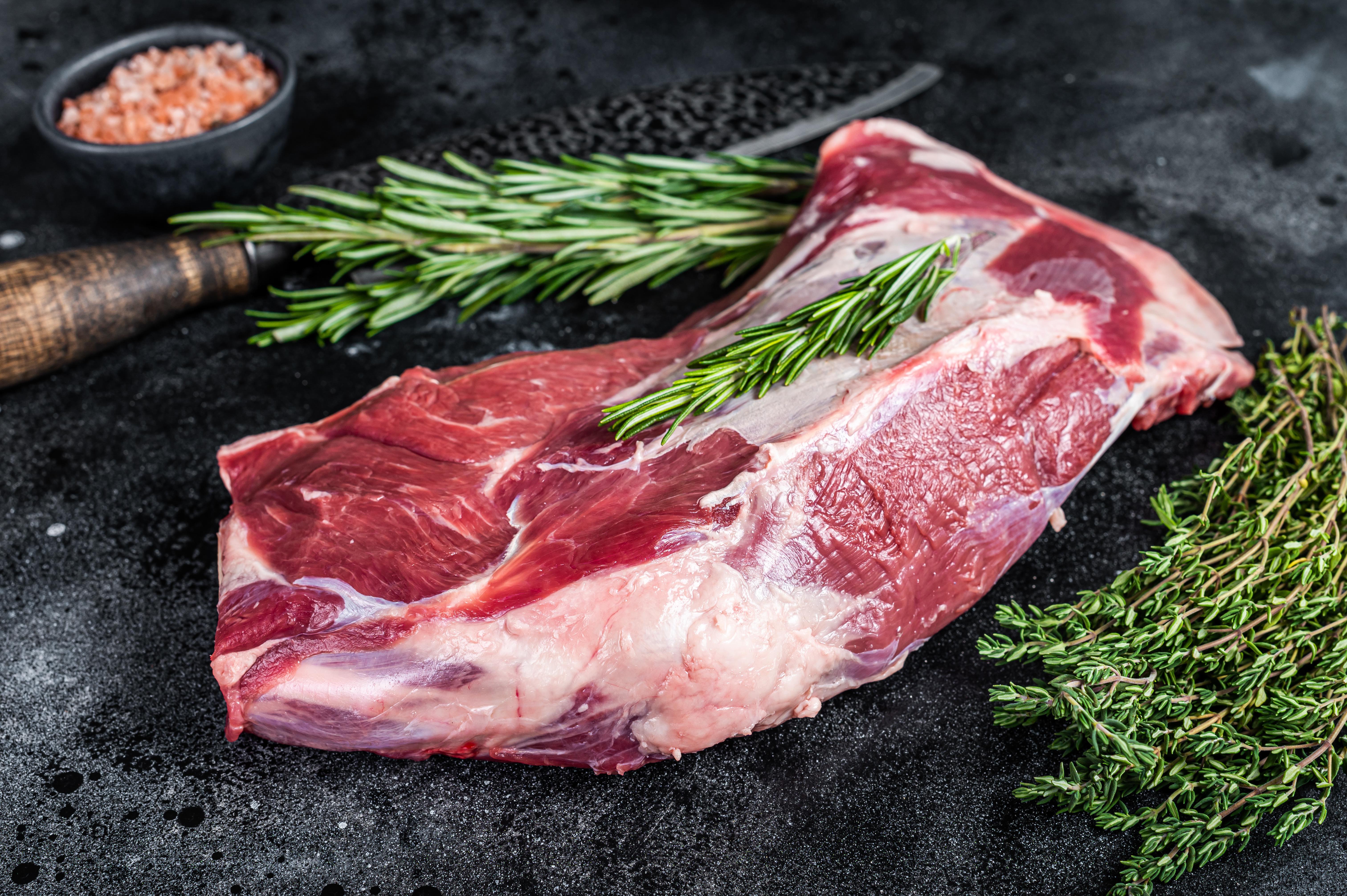
If you’re from North America or Western Europe, you may find goat meat (as opposed to goat cheese) somewhat exotic. But goat meat has been enjoyed throughout much of the world for millennia. Goat meat is a common part of Middle Eastern and Asian cuisine. It is also consumed in parts of the Caribbean.
Like most red meats, goat is rich in proteins and minerals. However, some health experts recommend eating goat meat over other kinds of red meat because it has low amounts of saturated fats and cholesterol. In addition, it is an accessible option because its consumption is permissible even among cultures that forbid other common kinds of meat like pork or beef.
Sheep
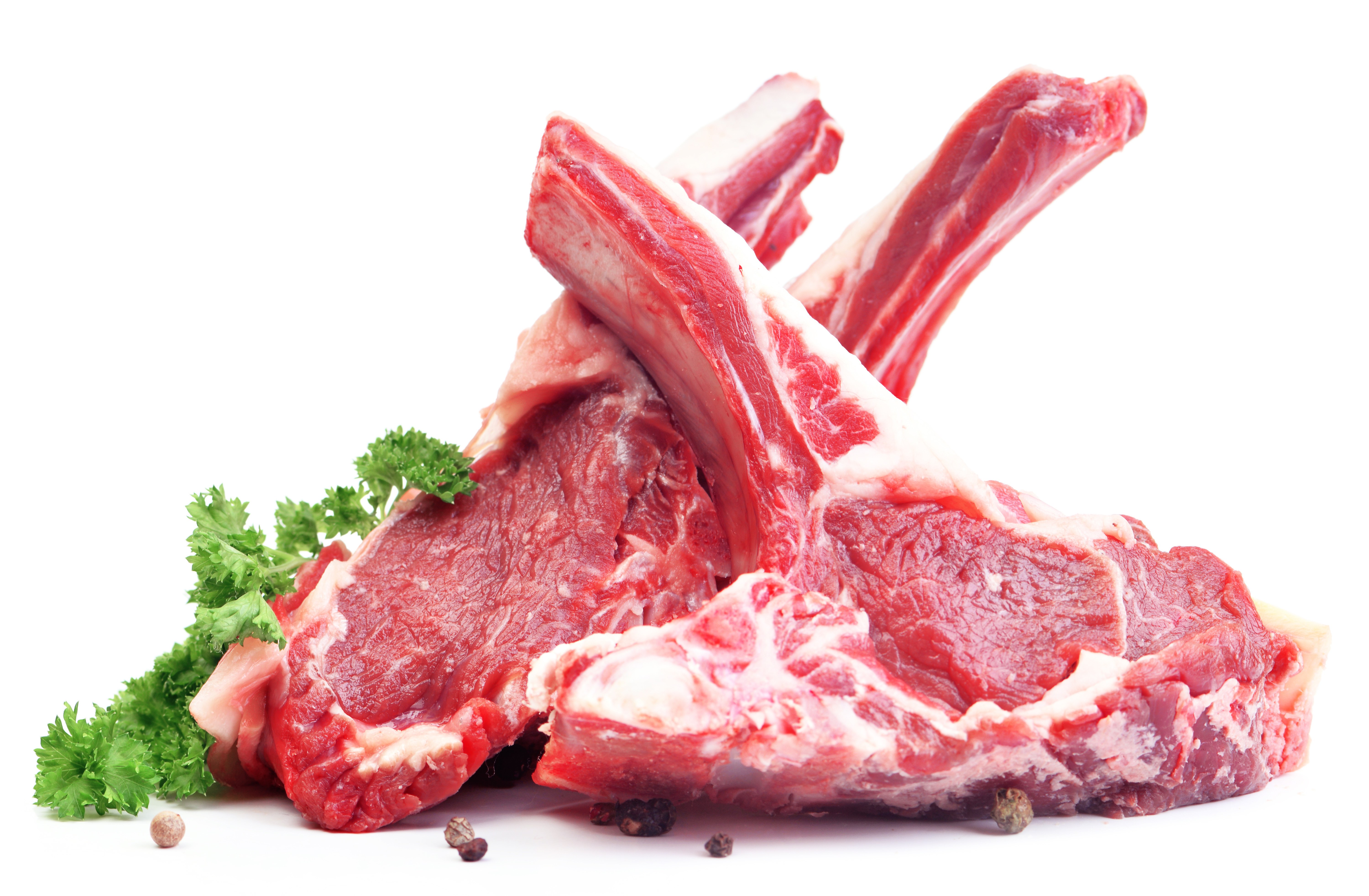
Sheep meat is often referred to as mutton. Young sheep are called lamb, and their meat is also called lamb. Regardless of what it is called, mutton is known for its gamey taste and rich texture. It is often eaten as a delicacy in restaurants.
Interestingly, mutton usually has a higher fat content than beef. However, because most sheep raised for meat are grass-fed, their meat tends to be healthier overall than most kinds of beef. In addition, mutton is also rich in omega-3 acids as well as other minerals. All of these are known to have many health benefits, such as decreasing blood pressure.
Bison
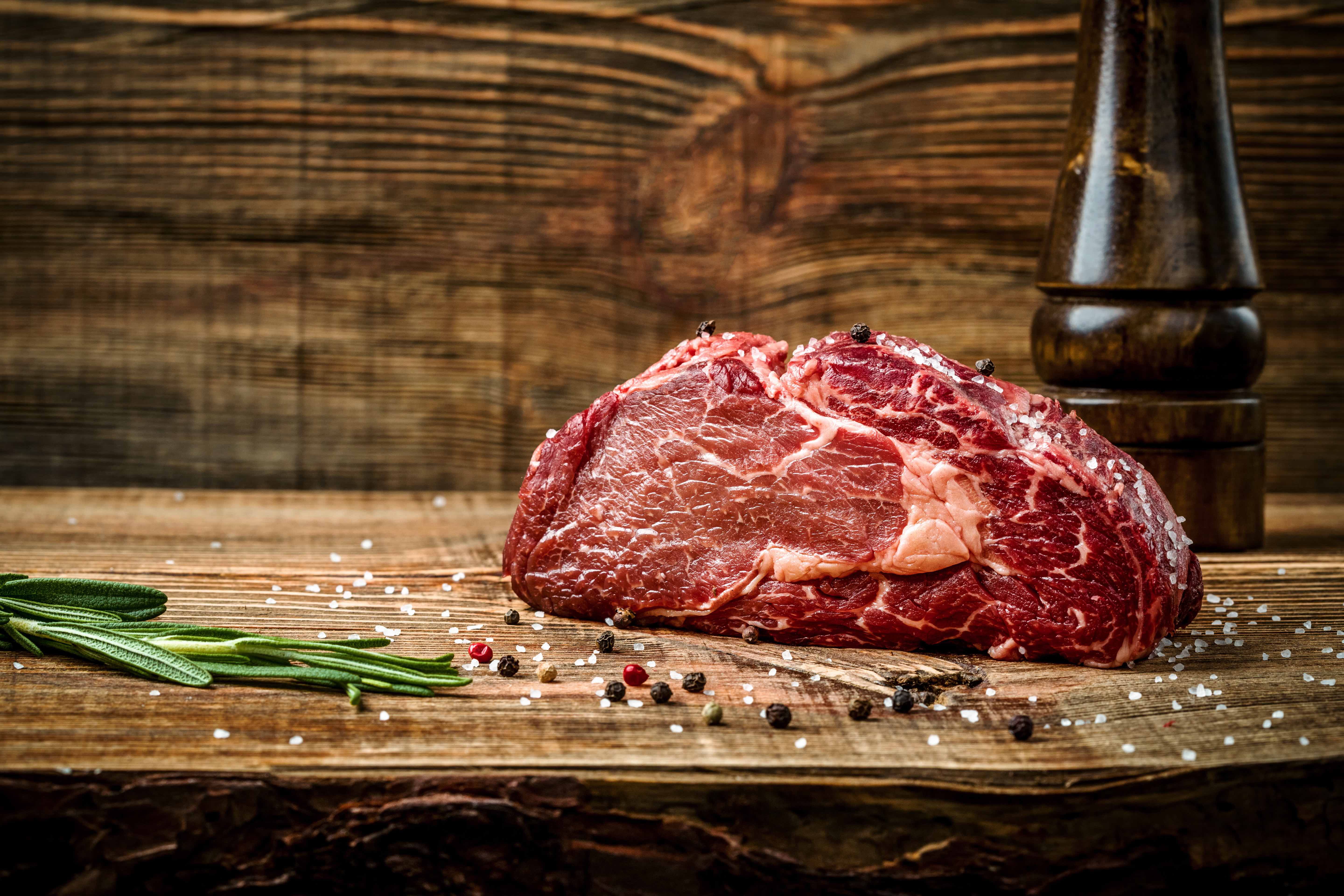
Bison meat is one of the more unusual kinds of red meat you can encounter. In fact, your first impression of bison meat could be thoughts of prehistoric men hunting bison and eating its meat. However, bison meat is still consumed in the present day, and its popularity is growing.
Bison meat is often compared to beef due to its similar tastes and textures. However, bison meat is leaner, which may make it appealing to those aiming to reduce their food consumption. Bison meat is also rich in minerals and B-vitamins. This makes it a good choice for those who want to have the benefits of eating red meat while consuming less beef or pork.
Kangaroo
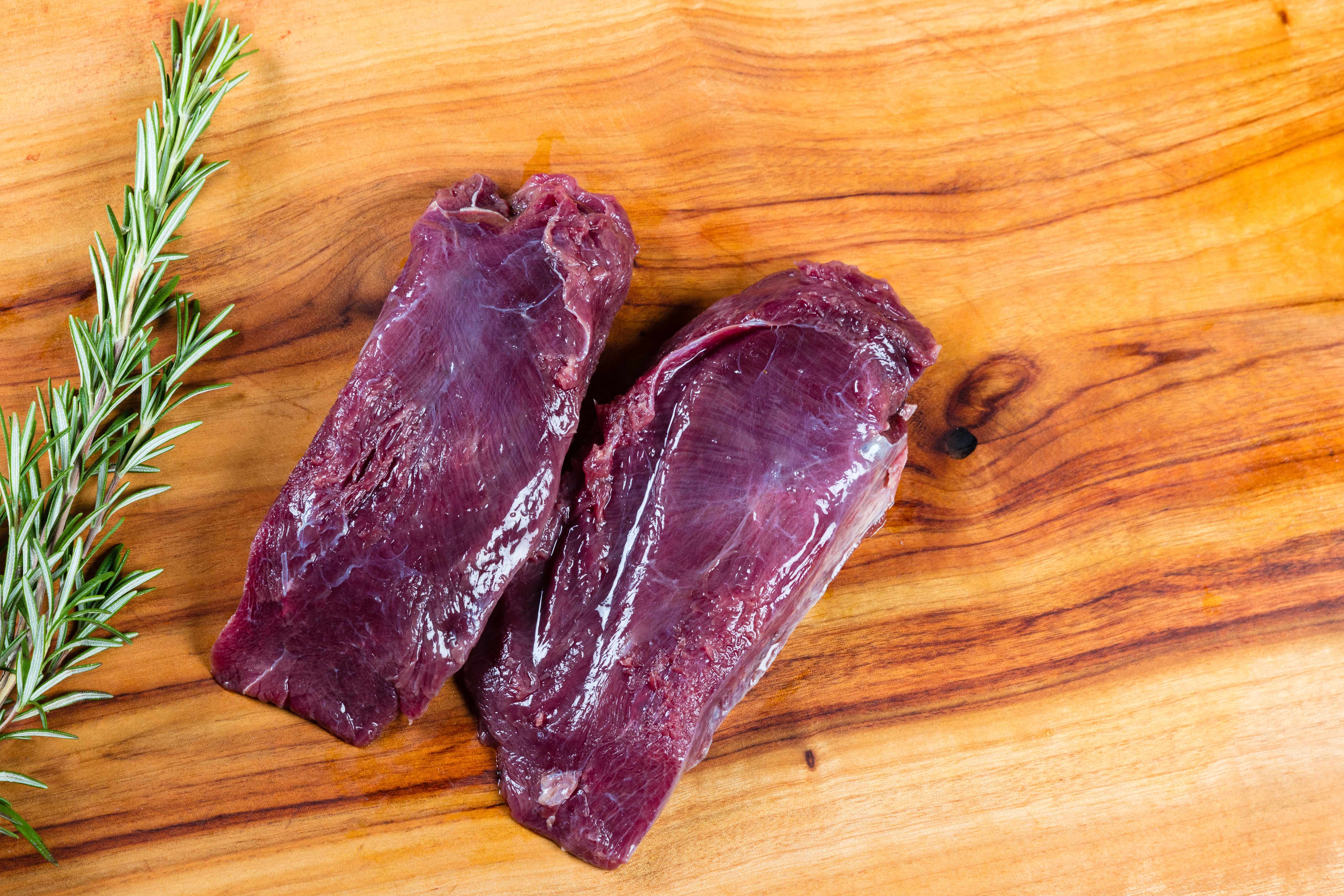
Kangaroo meat is still considered a relatively new delicacy even in Australia. Until relatively recently, kangaroo meat was largely sold not for human consumption but as pet food. Even today, while it has become more common, most Australians do not consume it regularly.
Some have promoted kangaroo meat due to its high amount of nutrients. In particular, it is high in iron, especially compared to other mainstream meats. It is also rich in other proteins, B-vitamins, and other minerals. Finally, it is also lean meat, which makes it attractive to those managing their weight.
Fun Fact: Kangaroo meat can also be called “australus”. “Australus” was the winner of a 2005 contest sponsored by the Food Companion International magazine to give kangaroo meat a distinctive name similar to “pork” or “beef”.
Rabbit
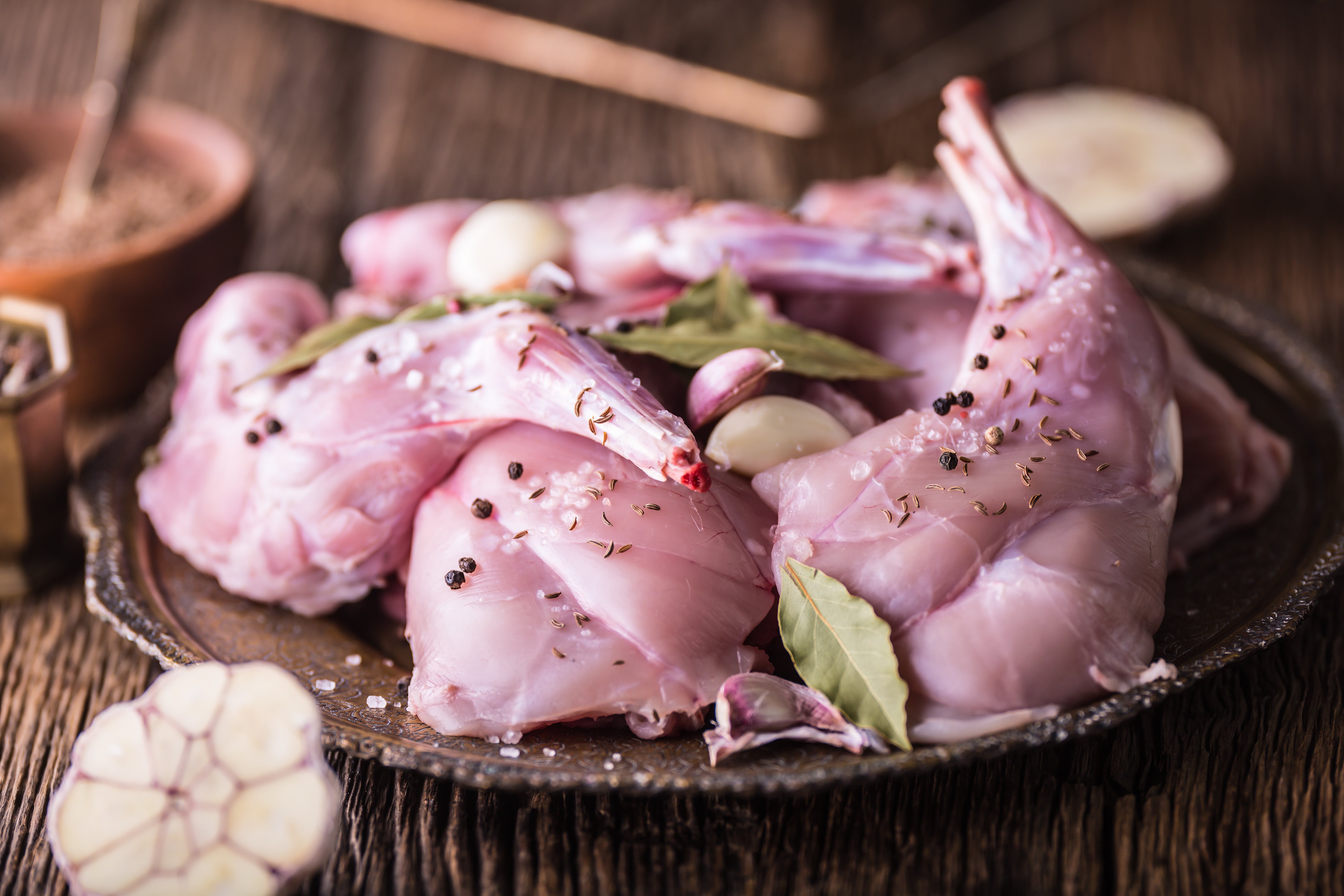
Rabbit meat is still considered exotic to many. Many people keep rabbits as pets. Who would want to eat them?
Despite this, rabbit meat has been endorsed by some nutritionists and economists. It is less intensive compared to many other kinds of meat raising. Not only are fewer resources needed to raise rabbits, but they also have a lower environmental footprint. Rabbit meat is also leaner than some mainstream alternatives and has high amounts of proteins, minerals, and B-vitamins.
Due to prevailing stigmas regarding eating rabbits, it is not currently considered a mainstream food source and thus can be expensive.
Dog
Dog meat is considered one of the most taboo meats around. Many religions and cultures forbid its consumption. It has also been the subject of much controversy among animal activists and the general public. Despite this, it is considered a delicacy in some areas, such as parts of China and Vietnam. There also exists an extensive dog meat trade in many countries, even in those where dog meat is illegal.
Unlike most of the meats described in this article so far, most experts do not recommend eating dog meat. This is not only because of animal rights concerns, but because dog meat is low in nutrition compared to alternatives, and its consumption has a high risk of causing various illnesses. Although some traditional cultures believed eating dogs gave particular benefits, none of these have been proven by science.
Cat
Similar to dog meat, cat meat is taboo and/or illegal in most countries. In countries where it is legal and consumed, such as in parts of Asia, it is served as a delicacy. Various sources have reported cat meat to be chewy and bony. Similar to dog meat, cat meat is not considered particularly healthy or nutritious.
Frog
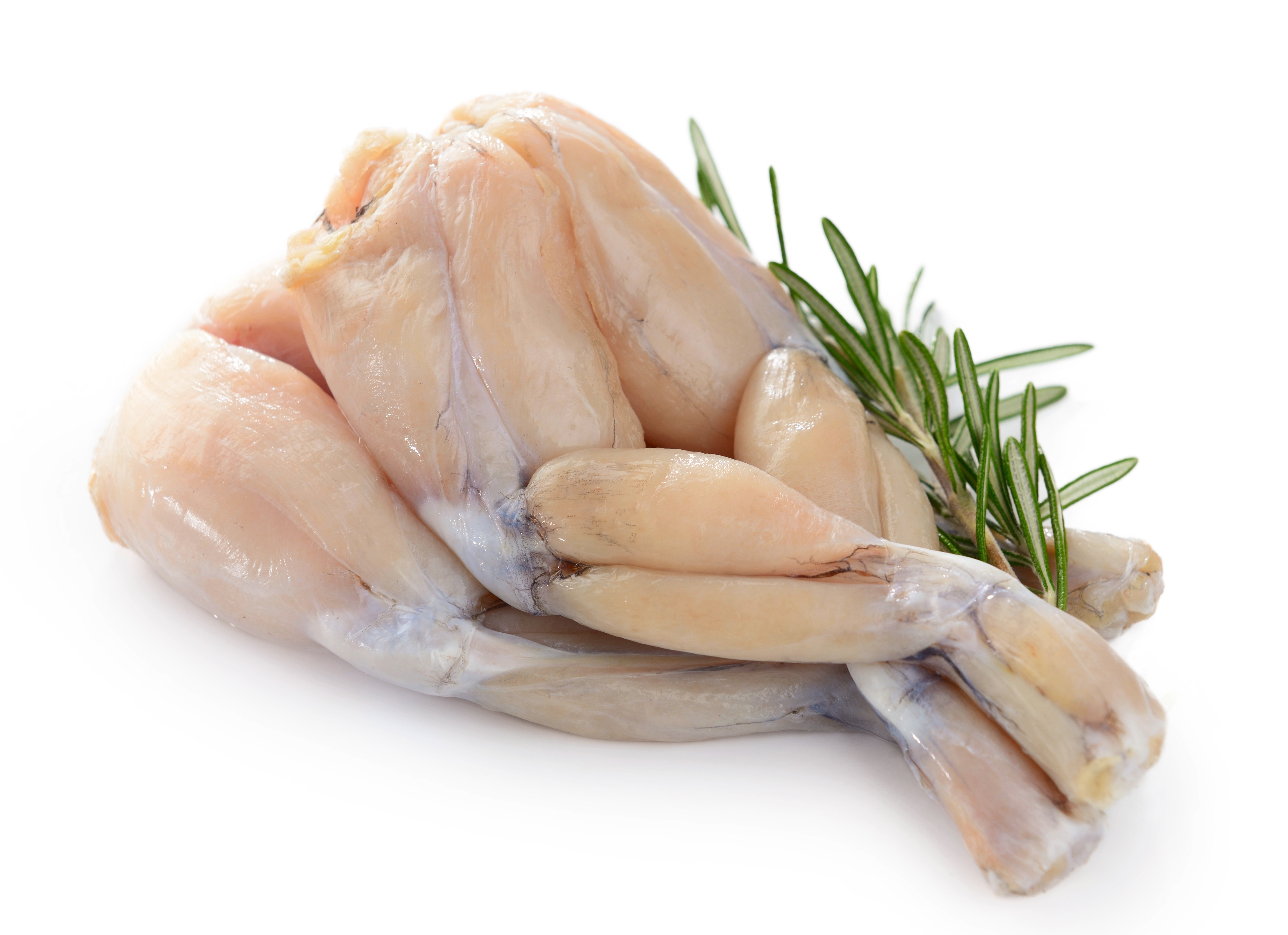
In many Western countries, frog meat is considered exotic. However, it is widely consumed in other countries, notably France where it is considered a delicacy. Frog consumption is also common elsewhere, such as in Asia.
Frog meat has been described as tasting similar to chicken. Indeed, frog legs are often prepared similarly: being battered and fried. Frog meat is high in protein and is also rich in minerals and omega-3 fatty acids. As such, some experts recommend its consumption. However, there has been criticism over the frog meat trade. It has been linked to the decline in frog populations in France and elsewhere.
Snake

Snake meat has been described by some sources as many a person’s introduction to game meat. Its flavor profile varies depending on the kind of snake, with comparisons ranging from tasting like chicken to tasting like an alligator, frog, or even quail. Its flavor can also be influenced by the snake’s diet, with snakes that eat a large number of insects having a taste that resembles those insects.
Traditionally, snake soup was consumed in China, where it was believed to have many health benefits. However, these are largely unproven by modern science. On the other hand, because of its low fat and high protein count, snake meat has been endorsed by some cooks and nutritionists.
Alligator and Crocodile

Alligator meat is associated with the Southern United States, particularly in places such as Florida where alligators are common. Its flavor has been compared to chicken, albeit with a hint of fishiness. It is low in saturated fat and is high in protein, which can make it appealing to some. Crocodiles, which are related to alligators, have a similar taste profile and are consumed in some parts of the world and also share some of the same benefits.
Guinea Pig

For many, guinea pigs are kept as pets. They’re cute and lovable. Who would want to eat them?
It turns out that guinea pigs are a delicacy in some parts of the world. It is particularly associated with Peru, where the fried variety is a traditional dish. Some sources have compared its taste to that of ducks and rabbits. In particular, its skin is said to be very delicious. Because of its lean meat and high amounts of B-vitamins and omega-3 fatty acids, some health experts have encouraged its consumption.
Fish
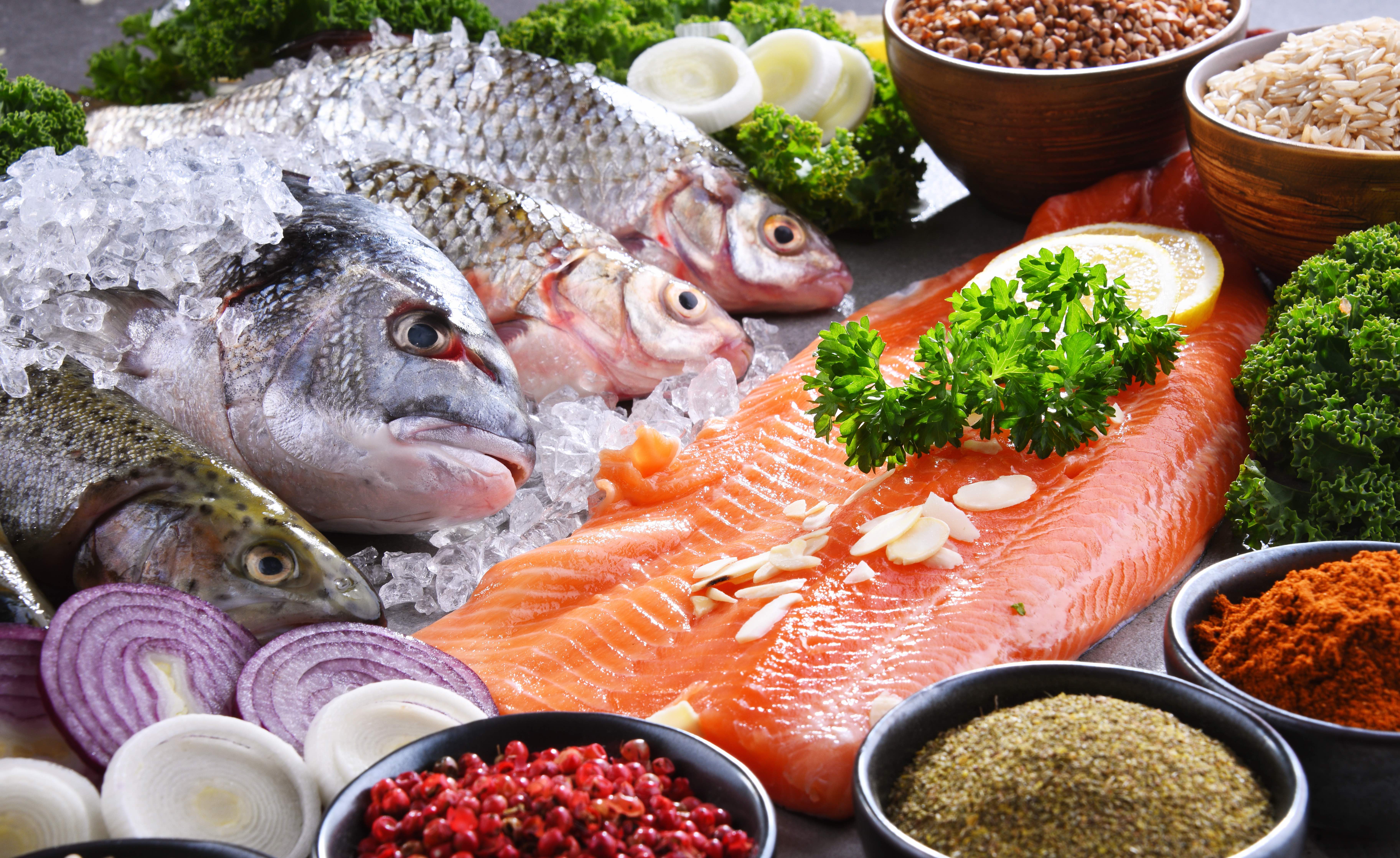
Now we return to some more conventional meats. There are as many kinds of fish meat as there are kinds of fish, and that means there are a lot of them. You’ve got stuff like salmon, cod, sardines, and so on. Pretty much every country with a large enough body of water will have its delicacies. Maybe you even have some of your own.
Fish meat is considered one of the healthiest meats around. In fact, many people who otherwise avoid other kinds of meat sometimes eat fish: these people are called pescatarians. Fish oil is rich in omega-3 fatty acids, which as described in this article before, have many health benefits. Fish meat also has less fat compared to red meat, which makes it a desirable option for meat lovers who want a healthier choice. Finally, fish is delicious and can be cooked in all sorts of ways.
Crustaceans
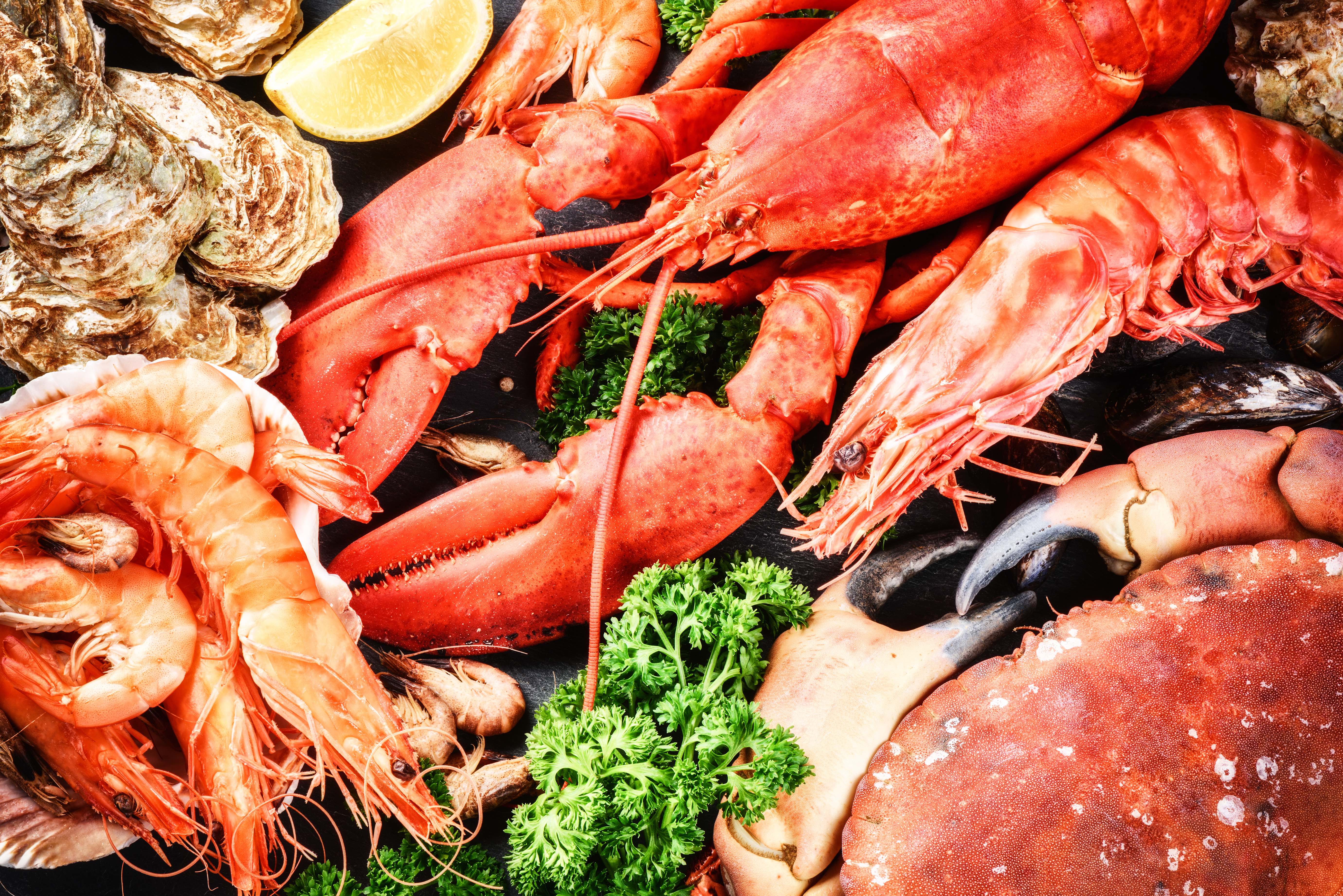
Crabs, lobsters, and shrimp are also very popular forms of meat and are consumed by many. Unless you’re a devout Jew, as the religion’s dietary laws forbid its consumption. Lobsters are considered a delicacy in many places, while crabs can range from also being a delicacy to being somewhat more common, depending on the variety.
Like many forms of seafood, crab meat and other forms of crustacean meat are rich in omega-3 fatty acids. They are also rich in proteins and minerals. Notably, they are a rich source of phosphorous and copper, which help in body structure development.
Fun Fact: Despite their names, king crabs and hermit crabs are not considered “true” crabs. True crabs belong to the group Brachyura, whereas king crabs, hermit crabs, and many other related “crabs” are instead members of Anomura.
Squids and Octopuses

You’ve probably eaten squids at some point in your life. They’re among the more popular forms of seafood around. In moderation, squid meat can be a good source of omega-3 fatty acids, B-vitamins, and selenium. Experts warn not to eat too much of it, as squids are also high in cholesterol.
Some parts of the world also eat octopuses. Fried octopuses taste similar to squids. It shares many of the same health benefits as squids. However, because it is considered lean meat, it is also a good option for those aiming to lower their food intake.
Snail
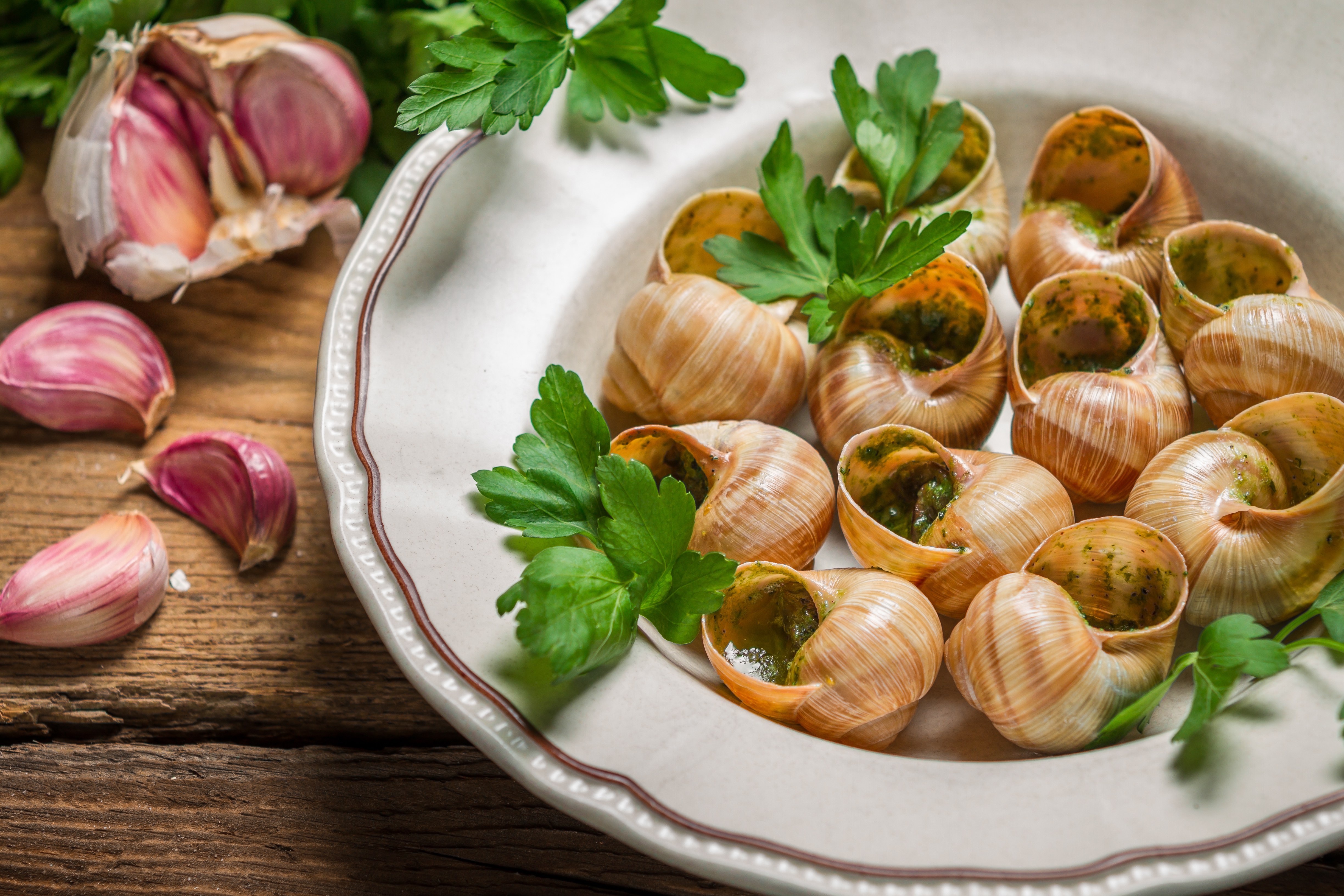
And finally, we get to one of the more famous exotic meats out there. Despite being commonly associated with France, where escargot is served as a delicacy, snails are eaten worldwide. In some parts of Asia, it is consumed regularly. In these places, snails grow in rice paddies or shallow bodies of water, where they are cooked with coconut milk or other ingredients.
Health experts say that snail meat is rich in protein, iron, calcium, and other important minerals, while also being low in fat. In fact, snail meat is considered one of the healthiest meats around, especially considering how much punch it gives in small servings.
What about “fake” meat?

Given the rise of plant-based meat alternatives over the last few years, you may be wondering what benefits they have compared to traditional meats.
Health experts and advocates are divided on “fake” meat. On one hand, they are usually suitable for vegetarians, and some are even suitable for vegans. Many brands of meat alternatives provide much of the same minerals and nutrients as animal meats. This is important, as all-vegetarian diets sometimes lack certain essential nutrients and vitamins that can only be found in large quantities in meat. Finally, because “fake” meat does not kill animals, it is appealing to those who are vegetarian or vegan out of animal rights concerns. On the other hand, because “fake” meat is processed, some advocates, particularly those who push for all-natural vegetarian diets, discourage its consumption.
Was this page helpful?
Our commitment to delivering trustworthy and engaging content is at the heart of what we do. Each fact on our site is contributed by real users like you, bringing a wealth of diverse insights and information. To ensure the highest standards of accuracy and reliability, our dedicated editors meticulously review each submission. This process guarantees that the facts we share are not only fascinating but also credible. Trust in our commitment to quality and authenticity as you explore and learn with us.


